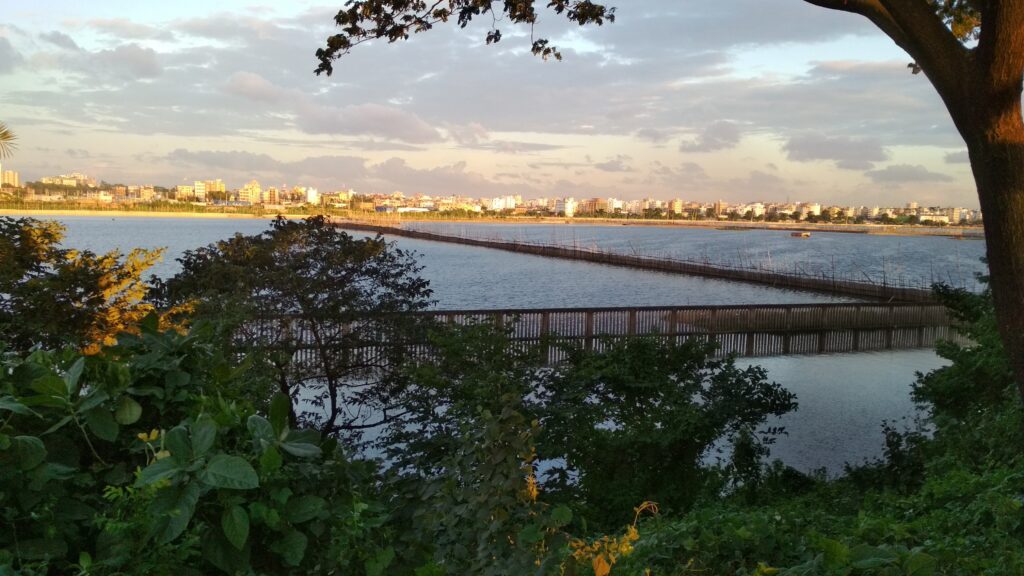Water in Bangladesh
Downloads
Tasks
- Describe the main problems that climate change is causing for Bangladesh.
- Explain the social, cultural and economic impacts on the people of Bangladesh.
- Explain why the situation in Bangladesh is an example of climate justice issues.
- Discuss who is responsible for supporting this country and justify your opinion.

The People’s Republic of Bangladesh is surrounded by the states of India, Myanmar and the Indian Ocean. The country’s capital is Dhaka and the national language is Bengali. The country was a British colony until 1947 and then belonged to Pakistan. The country has enjoyed independence since 1971. Bangladesh is one of the economically weakest countries in the world and is highly dependent on the textile industry. Another important sector for the country’s economy is agriculture. The population density is one of the highest in the world. The country is characterised by low topographic diversity and in many places has only a low elevation above sea level. One third of the national territory is coastal. The threat to Bangladesh from rising sea levels and other effects of climate change, such as storms and flooding, is evident. In this regard, however, it should be noted that Bangladesh only makes a small contribution to global CO₂ emissions.
The rivers of the Ganges-Brahmaputra delta are fed by water that rains down on the Himalaya. As a result, floods occur almost every year along the major rivers, depositing sediments and making the land fertile. However, excessively long and early floods result in crop losses and great hardship for the population. The floods from the direction of the ocean lead to salinisation of the soil and groundwater. The current situation is characterised by the fact that fresh water is already scarce. Between 1973 and 2009, the area of land with a high salt content increased by 20 per cent. It can also be observed that rice has stopped growing many kilometers inland. Natural flood protection is provided by mangroves, which are trees that grow in salt water. Rising sea levels are damaging the roots, threatening numerous rare plants and animals as well as the people in the hinterland. More than 60 per cent of all tropical cyclones on earth occur in the Bay of Bengal. The storm surges flood soils and water bodies, causing these soils to become saline. The shortage of fresh water leads to a lack of drinking water and crop failures. In addition, the monsoon, which brings large amounts of rainwater, is becoming increasingly unreliable due to climate change. As a result, many farmers are no longer growing rice but are flooding their land to grow prawns and other seafood. This further increases the salinisation of land and soil. The poor sections of the population in particular are suffering from the consequences of climate change. They are forced to adapt to climate change. Bangladesh’s share of global CO₂ emissions is comparatively low. In 2018, average per capita CO₂ emissions in Bangladesh were 0.56 tonnes, compared to 9.15 tonnes in Germany.
